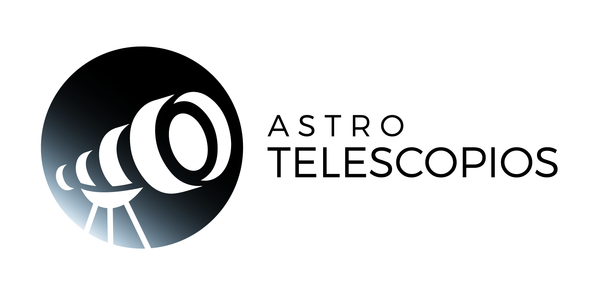
Astronomical calendar for June 2024
In the month of June, the sky offers us a variety of astronomical events that will delight fans of stargazing. From planetary conjunctions to significant lunar phases, this month also marks the start of summer in the Northern Hemisphere and winter in the Southern Hemisphere. Below, we present a summary of the most notable celestial phenomena that you can observe during this month.
🌘 Days 2 and 3 at dawn: conjunction of the Moon with Mars.
🌑 Day 6: New Moon.
🌓 Day 14: Crescent of the Moon.
☀️ Day 20 at 10:51 p.m.: start of summer in the northern hemisphere (winter in the south). ⚠️ Never look at the Sun without the right equipment. Ask us!
🌕 Day 22: full moon.
🌌 Days 23 to 30 at dusk: Mercury appears in the night sky.
🪐 Days 27 and 28 at dawn: conjunction of the Moon with Saturn.
🌗 Day 28: waning quarter of the Moon.
June opens with a beautiful conjunction. On June 2, we will be able to see a thin Moon approaching Mars 🔴 shortly before dawn, with the light of twilight peeking through. A clear horizon will be necessary to see it, since Mars and the Moon will appear in the east along with the constellation of Pisces and will be at low elevation. A day later, on June 3, we will see an even thinner waning Moon closer to Mars. 🌘
The Moon begins the month in a waning phase and will continue to decrease until it disappears completely on June 6. 🌑 Then, its illuminated surface will increase until it reaches the full moon on the 22nd 🌕, to end the month again in the waning phase. 🌗
In June, summer begins in the northern hemisphere and winter in the south. The change of season will occur on June 20 at 10:51 p.m. Spanish peninsular time, known as the summer solstice.
The sky will remain without major developments until the second half of the month, when Mercury will appear in the night sky after almost two months without visible planets at dusk. 👋 It will cross the constellation of Gemini, gaining height above the northwest horizon as the month progresses. Although it will be difficult to see, Mercury can be observed a few minutes after sunset. Getting away from large cities will be almost essential for its observation.
In addition to Mercury and Mars, another planet visible in June will be Saturn. 🪐 At the end of the month, the waning Moon will approach the ringed planet, the second largest in the solar system. On June 27, Saturn will appear to the left side of the waning Moon minutes before sunrise. The next day, June 28, coinciding with the waning quarter 🌗, the Moon will be shown from the other side of Saturn, with the constellation of Aquarius in the background, which will gradually disappear from the sky.
In short, June is a month full of fascinating astronomical events. From the Moon's conjunction with Mars and Saturn, to the appearance of Mercury in the night sky, and the lunar phases that guide us through the month, there is much to observe and enjoy. Furthermore, with the onset of summer in the northern hemisphere and winter in the south, the sky reminds us once again of the beauty and complexity of the universe around us. Don't miss the opportunity to look up and marvel at these celestial spectacles.
Why should you have a telescope?
Having a telescope is important to make the most of the astronomical events described in the article. Here we explain why:
-
Detailed Observation of Events : A telescope allows detailed observation of the Moon's conjunctions with Mars and Saturn, as well as the appearance of Mercury in the night sky. You will be able to see details of these planets and their positions relative to the Moon that would be difficult to see with the naked eye.
-
Tracking Moon Phases : With a telescope, you can closely follow the mentioned moon phases, such as the new moon, the first quarter moon, the full moon, and the last quarter moon. You'll see craters, mountains, and other details of the lunar surface more clearly.
-
Exploring the Constellations : By observing the constellation of Pisces during the Moon's conjunction with Mars, or the constellation of Aquarius during its conjunction with Saturn, a telescope will allow you to identify stars and other celestial objects within these constellations with greater precision.
-
Observation of Mercury : Since Mercury is difficult to observe due to its proximity to the Sun, a telescope will help you locate and follow its movement through the constellation of Gemini, making it easy to observe even in twilight conditions.
-
Deep Connection with Celestial Phenomena : Using a telescope gives you a deeper connection with astronomical events. Seeing planets and stars in detail creates a more immersive and exciting experience, enriching your appreciation of the cosmos.
-
Education and Learning : As you observe these events with a telescope, you can learn more about astronomy and the dynamics of the solar system. It is an educational opportunity to better understand the phenomena described in the article and share this knowledge with others.
In conclusion, having a telescope allows you to fully enjoy the astronomical events highlighted in the article, offering a detailed and enriching view of the night sky.



